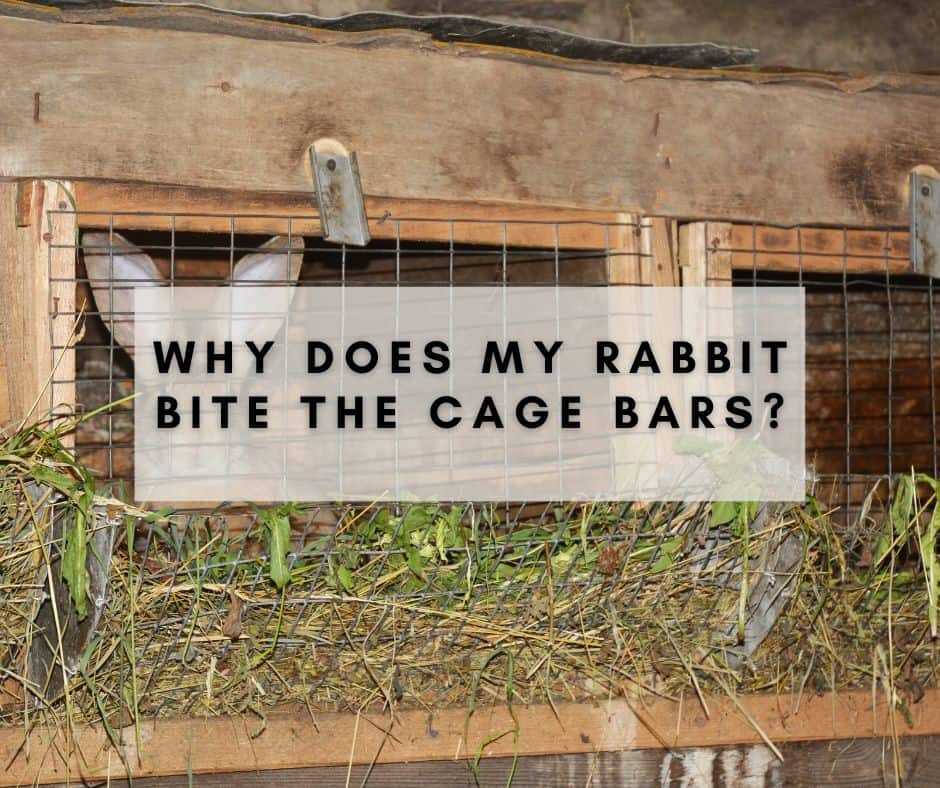
Most commonly people prefer to keep reptiles or amphibians in their yards because these are unique and have very interesting wildlife. They play a vital role in the balance of nature.
The United States’ Human Society has given an estimation that about 11 million pet reptiles are living in the US.
Even still more and more people want to keep snakes, turtles, and other reptiles as their pets. But when it comes to taking care of these pets, you must know that reptiles usually require high maintenance much more than other pets. Therefore, if you intend on keeping reptiles as your pets, you must understand the fact that what you are committing to and know which reptiles can live together without any risk.
Can snakes and turtles live together?
Well, when it comes to keeping pet reptiles especially turtles and snakes, then one of the common questions that click in mind is that “can snakes and turtles live together?”
The straightforward answer to this question is, No. Snakes and turtles simply can’t live together. They both can cause equal danger to each other. The snake may try to eat or hurt the turtle but, in this process, it will end up hurting itself particularly in the process of digesting the shell of the turtle.
While the tale of a snake can be mistaken by a turtle and it may eat the snake as well.
Contents
Can snakes eat turtles?
Surprisingly, turtles have been on the earth for a longer period of time, even before the time of dinosaurs. The major reason behind this is that they have relatively few predators. Evolution is kind to the turtles because it has provided them a protective hard shell, unlike other reptiles.
However, snakes are designed to eat others. In fact, snakes are going to feed on anything that can fit in their mouths. Even though the most common cuisine they prefer to eat are soft like lizards, frogs, and other snakes as well.
But if given a chance, the snake can definitely feed on turtles. However, these will certainly have a tough time and may hurt themselves because of the turtle’s hard shell. This is why keeping snakes and turtles together in one place can be dangerous for both of these reptiles.
Reasons why snakes and turtles can’t live together
Even though one of the most obvious reasons why the answer to the question “can snake and turtles live together” is NO, is the obvious danger they both can cause one another. However, there are some other reasons as well, which are ranging anyway from differences in their nature, their habitat to the difference in their diet as well.
Do you want to know more about these differences which are keeping turtles and snakes from living together? Let’s have a look at the detailed information given below in this regard. This will certainly let you have a better idea about the things in this regard:
What are the differences between snakes and turtles?
Here are some of the most common differences between snakes and turtles that you must know:
Snakes
There are numerous species of snakes existing in different regions of the world. However, when it comes to having a pet snake, smaller snakes may seem better because these are normally easier to care for as compared to large snakes.
- However, some people see snakes as sly, vicious creatures. Well, these can certainly be when provoked. Snakes are not like the other typical pets you can play with, rather these are quiet and calm study buddies.
- These usually live in the warm temperature; therefore, you have to set their lighting as well as water temperature accordingly.
- If you will not do so, the quality of life of snakes will tend to lessen.
These are larger creatures usually, which is making them a threat to their prey.
Turtles
Turtles are more of a water reptile. More often, turtles are seen as tiny and sweet creatures that don’t have any intent to hurt or bite anyone. But in fact, these have a mean bite.
- Turtles are reptiles too, and their mean bite is something that makes them have something in common.
- Turtles are water creatures and that’s the most important factor to keep them alive.
- There are warm and cold temperature limits as well, for their habitats.
Overall, both snakes and turtles can be interesting pets and possess unique things as well. However, the habitats and diets of both snakes and turtles vary greatly. Let’s get to know more about these below:
Difference in diet
- Most commonly, turtles feed on a wide variety of vegetables and fruits. However, some turtles may require extra calcium and other nutritional supplements as well. While, some species also consume fish, insects, and worms. For more information, you can consult the diet options for a specific species of turtles with a knowledgeable expert.
- If you are squeamish, feeding snakes can be a problem. Because commonly snakes eat other animals such as rats, lizards, and mice. A larger snake will definitely need a big meal. Commonly people buy pre-killed animals to feed their pet snakes.
However, there are some exceptions as well. Because some snakes have specialized diets and need to feed more often. To provide the right food, you need to know what your snake is supposed to eat.
Difference in habitat:
Smaller snakes need a fair terrarium size to live while a larger snake will require a customized box as per its size requirements. Snakes usually require a humid, heated and lighted habitat. A snake requires lighting for 12 hours a day ideally. However, humidity and heating level depends on the species of snake you have.
While on the other hand, turtles have to spend more of their time in the water, unlike snakes. So, having a pool of water for them is necessary. Commonly, turtles are cold-blooded and these themselves are responsible for creating and maintaining ideal temperature in their habitats.
So, that’s all that you need to know about “can snakes and turtles live together”. You certainly have gotten the required information to make things clearer for you here.



